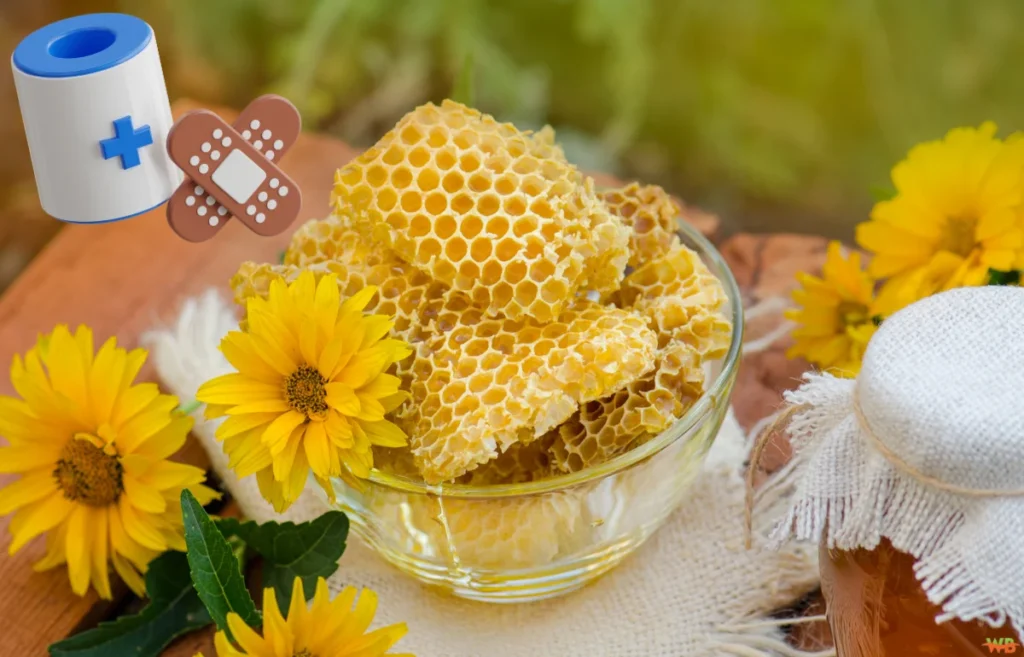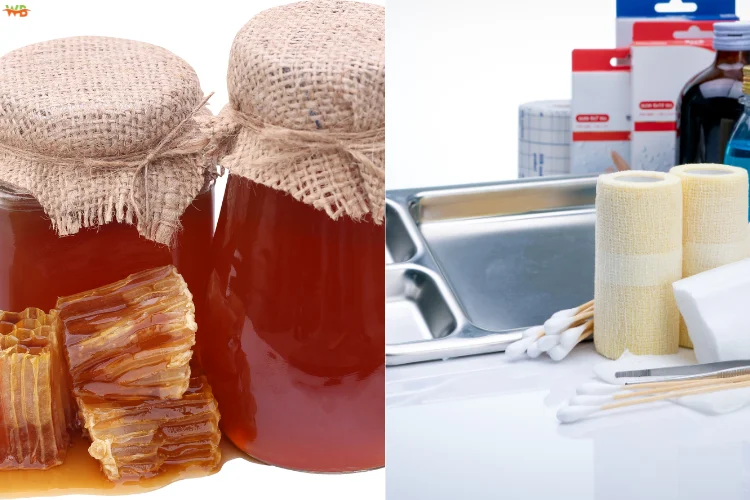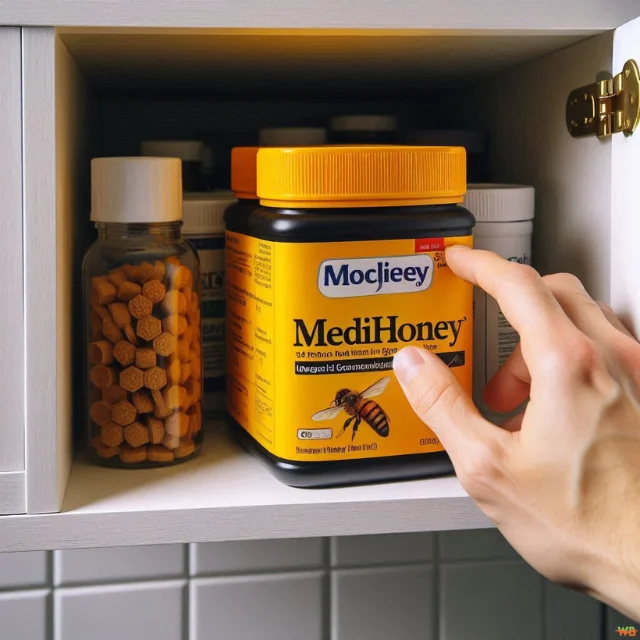Healing wounds often works best when we let nature do its thing. That’s why Medihoney Wound Gel is so effective, it uses medical-grade Manuka honey to create a protective shield around the wound, clean it out, and keep it moist. This helps your body fix itself naturally, without needing harsh chemicals.
Doesn’t matter if it’s a small cut or something more serious, Medihoney offers a gentle yet powerful way to support your body’s healing process.
Let’s explore how it works to help your body heal on its own terms.
The Hidden Science in Every Drop
Honey’s healing power isn’t folklore. Medihoney uses Leptospermum (Manuka) honey, processed to meet medical standards. Here’s how it transforms wound recovery:
| Mechanism | How It Works | Real-World Impact |
| Osmotic Action | Pulls bacteria/debris like a magnet | Reduces infection risk naturally |
| Acidic Environment | Create pH 3.5-4.5 (hostile to germs) | Speeds tissue repair |
| Moisture Balance | Maintains ideal hydration | Minimizes scarring |
This approach fills a gap left by many synthetic treatments: it heals without damaging healthy tissue. For those dealing with chronic wounds, the result is a smoother recovery—fewer dressing changes and less pain along the way.
When Tradition Meets Clinical Proof
Honey’s 4,000-year medicinal history gets validation from recent studies. In a 2024 trial, diabetic foot ulcers treated with Medihoney showed 42% faster closure rates versus standard hydrogels. Burn units report using it on stubborn second-degree burns that resist antibiotics.
But numbers only tell half the story. A nurse practitioner shared how a patient’s pressure sore; unhealed for months; closed completely in 19 days. “The gel’s odor control made daily care less distressing for him,” she noted.
Applying Medihoney: A Step-by-Step Approach
Forget complicated routines. Effective use boils down to four simple steps:
- Clean gently with saline or mild soap
- Apply a pea-sized amount (thicker for deeper wounds)
- Cover with non-stick gauze
- Change every 1–3 days depending on drainage
A common mistake? Using too much gel. A thin layer suffices—think ‘watercolor paint’ consistency. For those looking for a reliable solution, Medihoney wound gel offers an easy-to-use, medical-grade option designed to promote natural healing.
Medihoney vs Kitchen Honey: Why Quality Matters
| Factor | Medihoney | Regular Honey |
| Processing | Gamma-irradiated for sterility | It may contain spores/bacteria |
| Active Compounds | Standardized antibacterial potency | Variable, unpredictable |
| Consistency | Stays put in wounds | Runs off quickly |
This medical-grade version maintains efficacy even when diluted by wound fluids. One ER doctor likens supermarket honey to “using a butter knife for surgery”—possible, but needlessly risky.
Voices from the Frontlines
Real users highlight unexpected benefits. A teacher recovering from breast surgery shared, “The gel softened my scars so I could raise my arms to write on the board again.” Others praise its role in emotional healing—a burn survivor described how fading facial scars helped her “reclaim confidence.”
Yet it’s not magic. Those allergic to bees should avoid it, and deep puncture wounds require professional evaluation first.
Wrapping Up with Medihoney
With so many antibiotics losing their punch, Medihoney offers a smart twist: it’s simpler than high-tech treatments, yet works with your body’s natural healing power. Got a scraped knee or a stubborn wound? This gel proves that sometimes, the best solutions are the ones nature already figured out. Next time you peek in your medicine cabinet, consider giving this golden goo a spot, it might just be the ally your skin needs.
FAQs
1. Can Medihoney be used on surgical wounds or post-surgery scars?
- Yes, Medihoney can be applied to post-surgical wounds and scars to help promote healing, minimize scarring, and keep the area moisturized. Always consult with your healthcare provider before applying it to surgical sites to ensure it’s appropriate for your specific case.
2. Is Medihoney safe for sensitive skin or individuals with skin conditions?
- Medihoney is generally gentle enough for sensitive skin, but those with skin conditions like eczema or psoriasis should do a patch test first. Since it’s free from harsh chemicals, it can be a suitable option for individuals seeking natural wound care.
3. Can Medihoney be combined with other topical treatments or ointments?
- It’s recommended to use Medihoney on its own for optimal results. Mixing it with other products may dilute its effectiveness or interfere with its natural healing properties.
4. How should Medihoney be stored to maintain its potency?
- Medihoney should be stored at room temperature, away from direct sunlight and moisture. There’s no need to refrigerate it, but keeping the cap tightly closed helps preserve its quality.
5. Is Medihoney suitable for treating insect bites or minor skin irritations?
- Yes, Medihoney can help soothe and protect minor insect bites or skin irritations by reducing inflammation and supporting natural skin repair. However, for severe allergic reactions, medical attention is advised.

I’m Salman Khayam, founder of Wellbeing Junction. I synthesize trusted information from research and expert guidance to create clear articles across health, wellness, and lifestyle topics.
Disclaimer: Content is for informational purposes only and is not medical advice. Consult a qualified expert regarding personal health or specialized questions.




